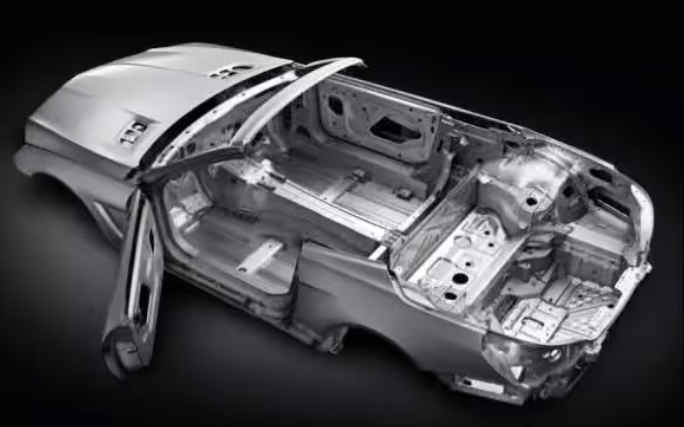Resources
How to deal with cracked plastic, plastic mold products cracked three major reasons and solutions
Release time:2024-01-05
How to deal with cracked plastic?
In the injection molding process, cracking is a more common defect in plastic products, so what causes it? Next let us understand: in the injection molding process to produce cracking reasons.
I. Cracking caused by residual stresses
Residual stress is mainly caused by the following three situations, i.e. overfilling, mold release and metal inlay. In the case of overfilling cracking, the solution can be mainly in the following aspects.
(1) Since the pressure loss of the straight gate is minimized, if the cracks are mainly generated in the vicinity of the straight gate, then it can be changed to multi-point distribution of point gates, side gates and shank-shaped gates;
(2) Under the premise of ensuring that the resin does not decompose or deteriorate, appropriately increasing the resin temperature can reduce the melt viscosity and improve the fluidity, and also reduce the injection pressure to reduce the stress;
(3) In general, the mold temperature is easy to produce stress when the mold temperature is low, and the temperature should be increased appropriately. However, when the injection speed is higher, even if the mold temperature is lower, it can also reduce the generation of stress;
(4) The injection and holding time is too long will also produce stress, will be appropriate to shorten or carry out a number of holding pressure switching effect is better;
(5) non-crystalline resins, such as AS resin, ABS resin, PMMA resin, etc. than crystalline resins such as polyethylene, polyformaldehyde, etc. are prone to residual stress, should be noted.

II. Cracking caused by external stress
Here the external stress, mainly due to irrational design and cause stress concentration, especially in the sharp corners need to pay more attention. Can take R/7 "a 0.5 ~ 0.7.
III. Cracking caused by the external environment
Chemicals, water degradation caused by moisture absorption, and the excessive use of recycled materials will deteriorate the physical properties, resulting in cracking.
In injection molding embedded metal parts, the most likely to produce stress, and easy to produce cracks after a period of time, the harm is great, mainly due to the difference between the coefficient of thermal expansion of the metal and the resin to produce stress, and over time, stress over the gradual deterioration of the strength of the resin material to produce cracks. In order to prevent the resulting cracking, as a rule of thumb, wall thickness of 7 "and embedded in the outer diameter of the metal parts of the general-purpose polystyrene is basically not suitable for the addition of inlays, and inlays on the nylon has the least effect. Glass fiber reinforced resin materials are more suitable for inserts due to their lower coefficient of thermal expansion.
Ideal Vowin Group is an injection mould & CNC machining factory, support rapid prototyping, 3D printing, mould customization, we have recently helped our customers to complete many big projects, for more details, please visit our official website: www.idmould.com / www.vowin.cn.
If you have relevant needs,please contact us!
If you have relevant needs,please contact us!
WhatsApp: +8617369230494
Wechat: 17369230494
E-mail: yuki@idmould.com/yuki@vowin.cn
Posts by Topic
Recent Posts
- What do we need to pay attention to the plastic mold machining process and machining procedures?
- What kinds of plastic mold materials?
- What is the process of mold manufacturing?
- What should be paid attention to the polishing of injection molds?
- What is easy to ignore when maintaining and overhauling injection molds?
- What are the 6 systems of plastic molds?
- What are the methods of strengthening the surface of injection molds?
- What are the methods of insulation for injection molds?
- How to solve the problem of injection mold release difficulty?
- How can we increase the brightness of ABS injection molded parts?














